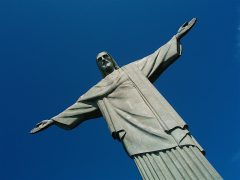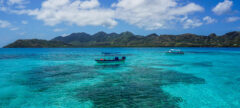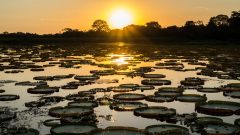10 Extraordinary Things to Do in Bolivia

Bolivia is many people’s idea of a quintessentially South American country with dramatic landscapes and a proud indigenous culture alongside Spain’s baroque colonial legacy. Enjoy uniquely striking scenery: ice-capped Andean peaks, desolate plains, eerie rocky deserts, verdant valleys, deep canyons and lush rainforest. Here are some of Bolivia's highlights. If this article inspires you, browse our selection of holidays to Bolivia.
Cross the uyuni salt flats
Occupying over 10,000 square kilometres, the vast Salar de Uyuni is a naturally occurring salt desert, resembling in the dry season an endless sheet of searing white and in the wet, a vast mirror for the heavens as land and sky fuse and the horizon blurs into nothingness.
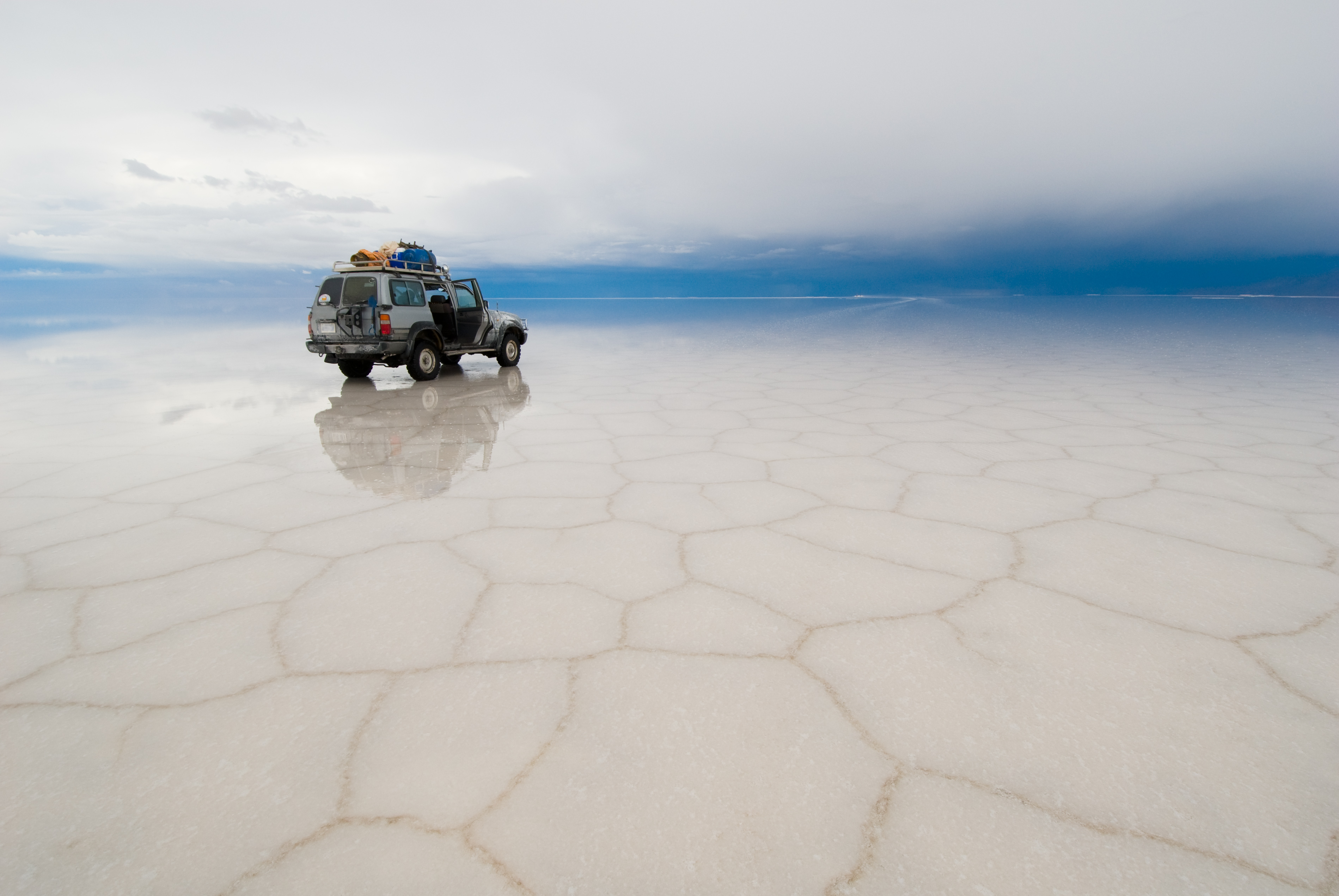
With a shallow reflective layer of rain water covering the salt, driving across the Salar gives the illusion of flying. The terrain is completely featureless, bar the occasional "floating" island that comes into view before drifting off again into the distance.
When it's dry however, the blinding white desert of salt is a playground inviting all manner of perspective-bending trick photography. Viewed at close range, the ground is etched with striking hexagonal patterns.
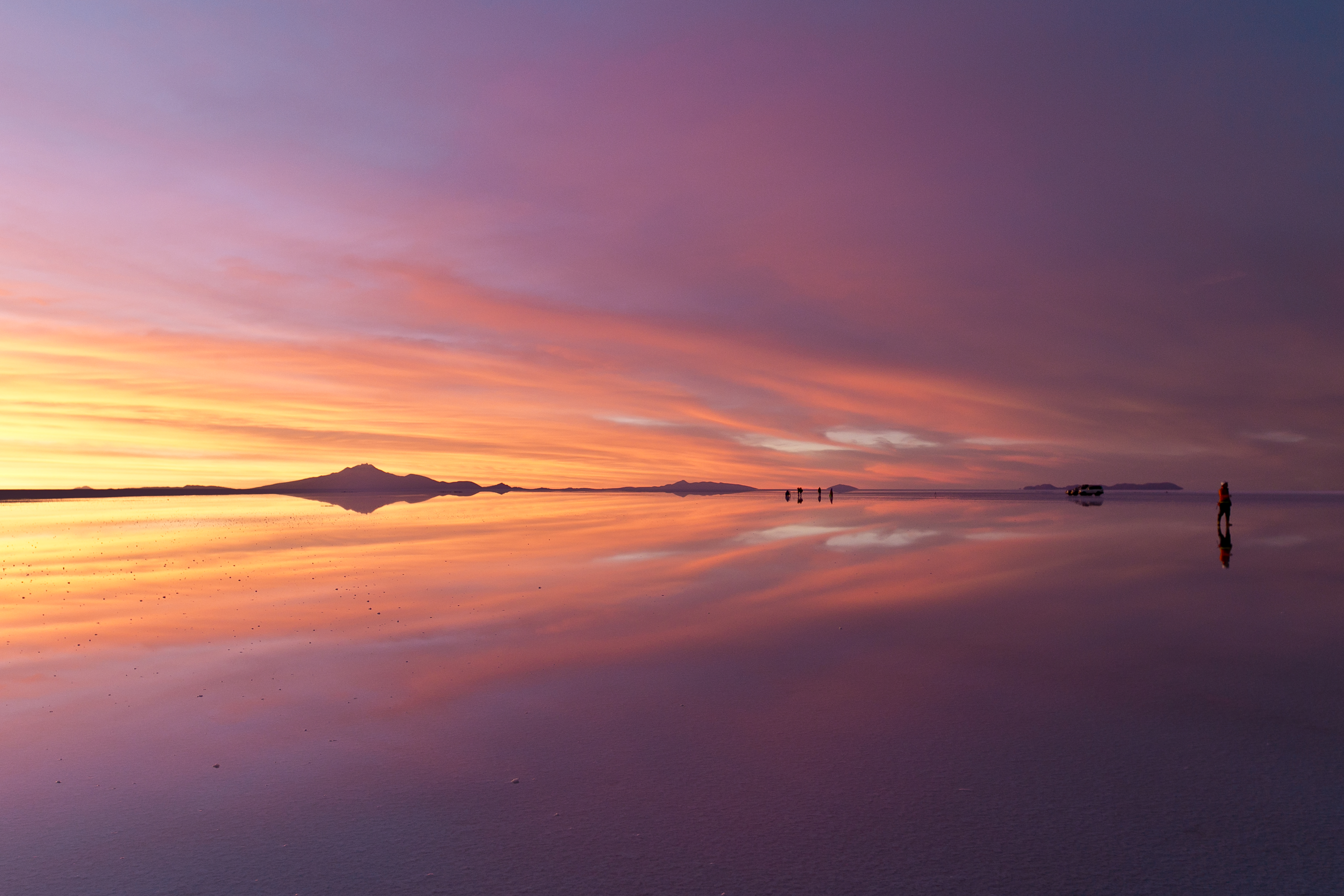
No matter when you visit, you can expect an utterly surreal and mesmerising experience, made all the more unearthly when the Isla Incahuasi, an incongruous outcrop of bristling cacti, appears out of the emptiness. You'll also visit Colchani, where the salt is still mined by hand using age-old traditional methods and piled into white mounds that dot the salt fields.
Explore the islands of LAKE TITICACA
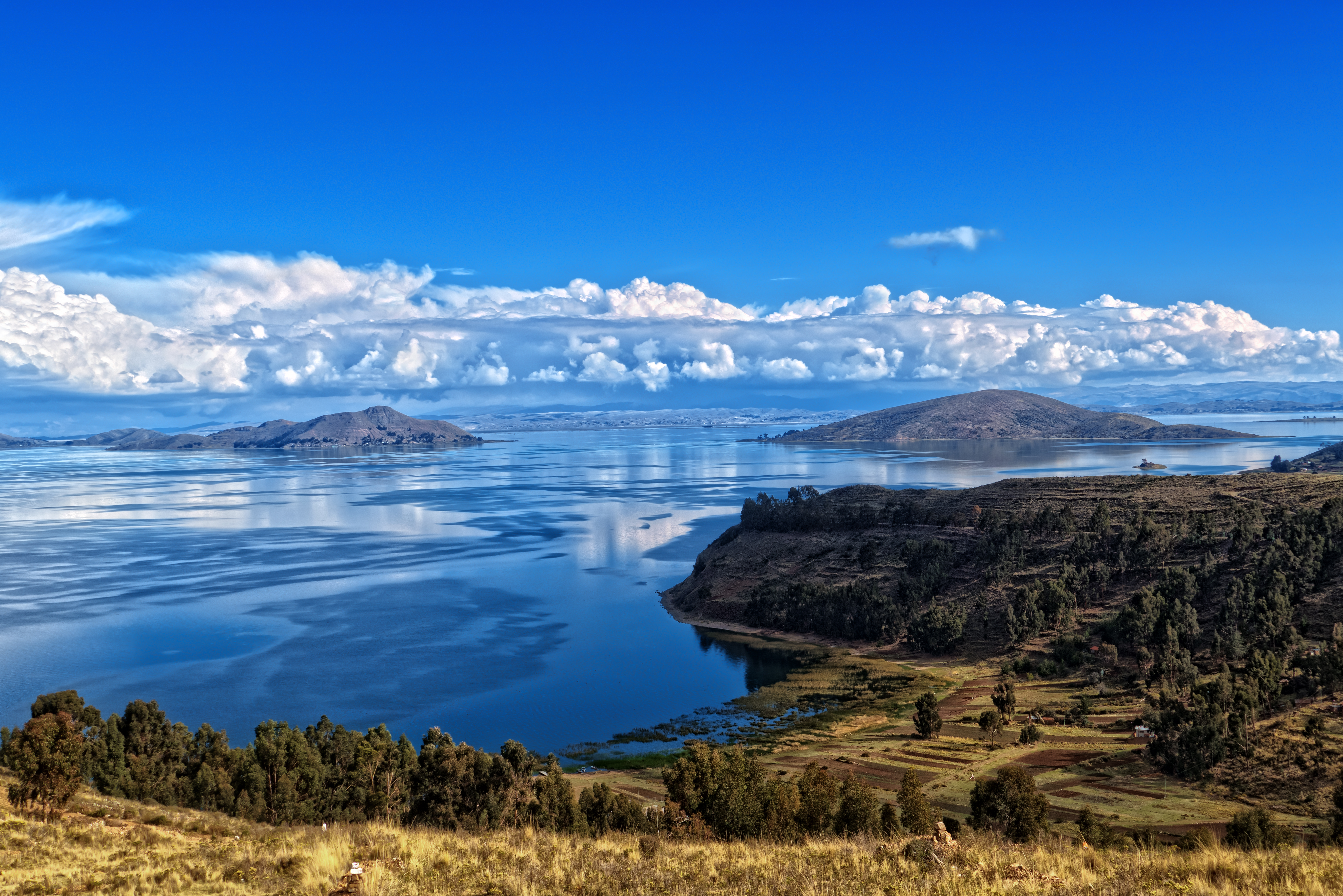
Vast Lake Titicaca lies at the confluence of several important indigenous cultures, and their timeless traditions live on in island communities scattered across its shimmering surface.
One of the most unique lifestyles to be found on Lake Titicaca is that of the Uros Indians, who since the days of the Incas have chosen to isolate themselves from their lakeside neighbours on curious floating islands made of reeds. From the Bolivian side of the lake you can visit the Uros Uruitos islands, setting foot on their spongy surface.
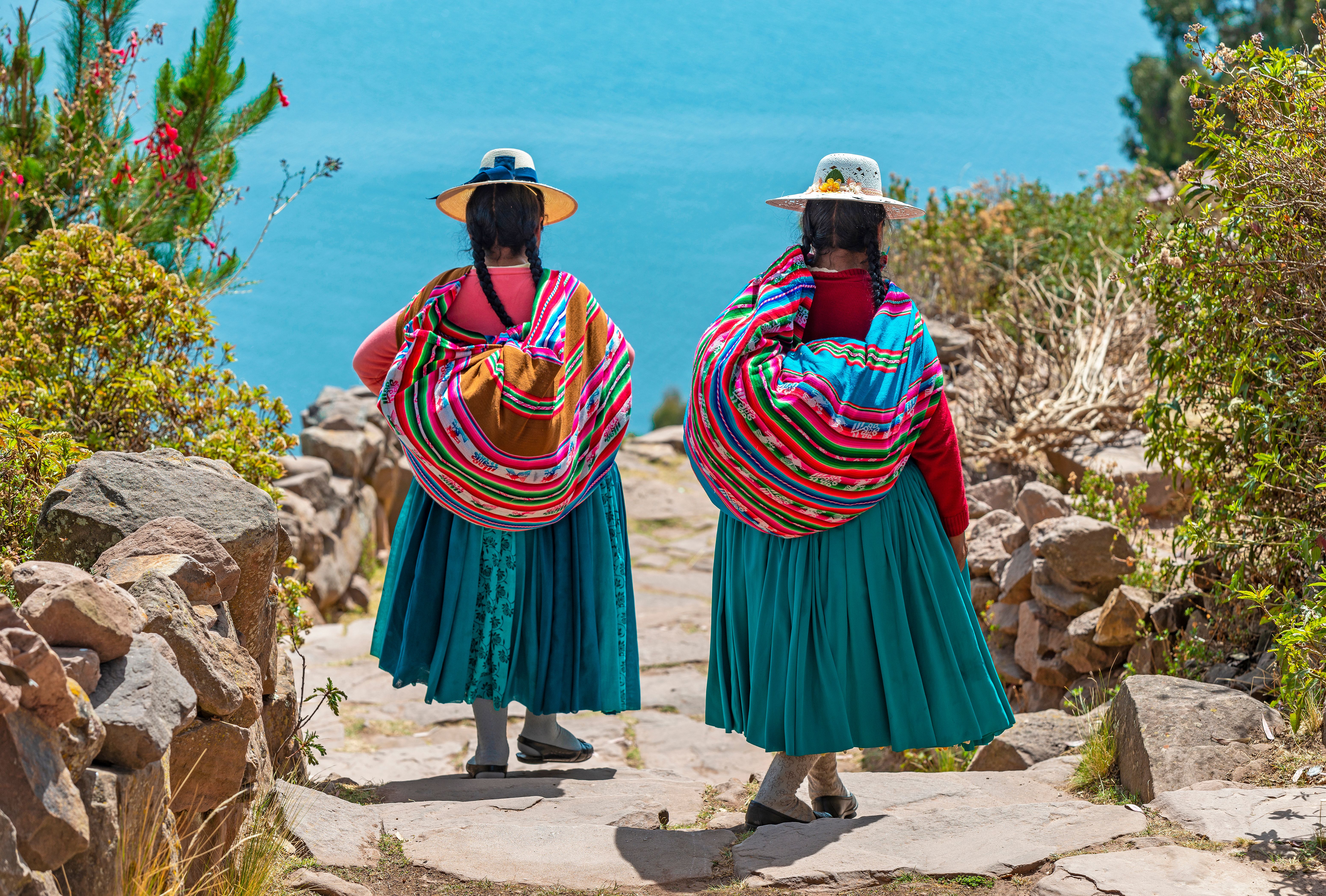
Continue on to the Isla de la Luna ('Moon Island') to visit the Inca nunnery of the Iñak Uyu Sun Virgins, one of the most significant archaeological sites on the lake. From here it's a 10-minute crossing to the Isla del Sol ('Sun Island'), revered in Inca society as the legendary birthplace of the sun god.
The island is criss-crossed with paths offering panoramic views of the lake's sapphire surface – so expansive it could easily be mistaken for the ocean – and dotted with the vestiges of ancient civilisations, beside the not dissimilar settlements of modern-day ones. Visit the Fuente del Inca, which the Spanish conquistadors optimistically mistook for a fountain of eternal youth. If staying overnight, the island is big enough for a day’s walk taking in all the sights and the enduring spirit of the ancient world.
Watch a Cholitas wrestling match
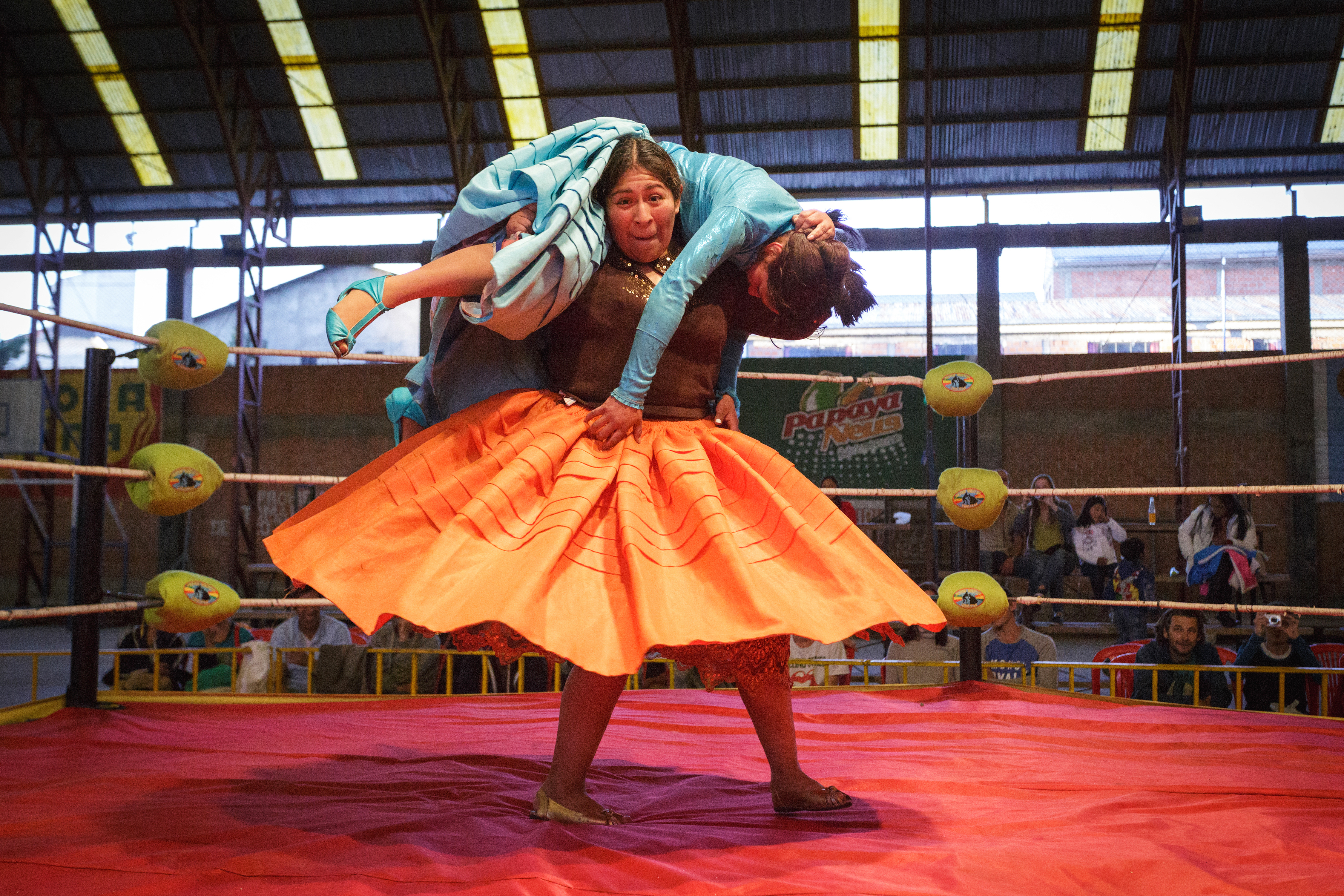
Performing athletic scissor kicks, leaping from the ropes and throwing each other around the ring with ferocious vigour, the Fighting Cholitas certainly don't fit the shy and retiring stereotype of the indigenous Andean woman.
These diminutive ladies in their bowler hats and traditional full skirts compete in the wrestling ring every Sunday, carving out their own niche in a sport once reserved only for men. Join the crowds to watch these feisty females fight it out in the former suburb of El Alto, now a city in its own right, perched high above La Paz at a staggering 4,150m.
Visit the Pre-Incan Tiwanaku ruins

With Peru’s Incas and Machu Picchu stealing the limelight, the most intriguing and impressive ruins in Bolivia don't enjoy mainstream fame and attention, but they delight those who come to visit them. The well-preserved archaeological site features impressive stone gateways, statues and walls evocatively adorned with faces.
This ancient city, founded over 2,000 years ago, was the capital of a sprawling empire that very much laid the foundations for the better-known Inca civilisation that came after. Tiwanaku flourished for some 500 years as a ceremonial complex of pyramids and opulent palaces, with a distinct social hierarchy and a mastery of mathematics, art and astronomy that is now thought to have been more advanced than that of the Incas.
Feel Tiwanaku's history come to life and imagine how it must have looked and felt in its heyday. You can also visit the new museum on the site, housing artifacts uncovered during excavation.
Choro Trek to Las Yungas
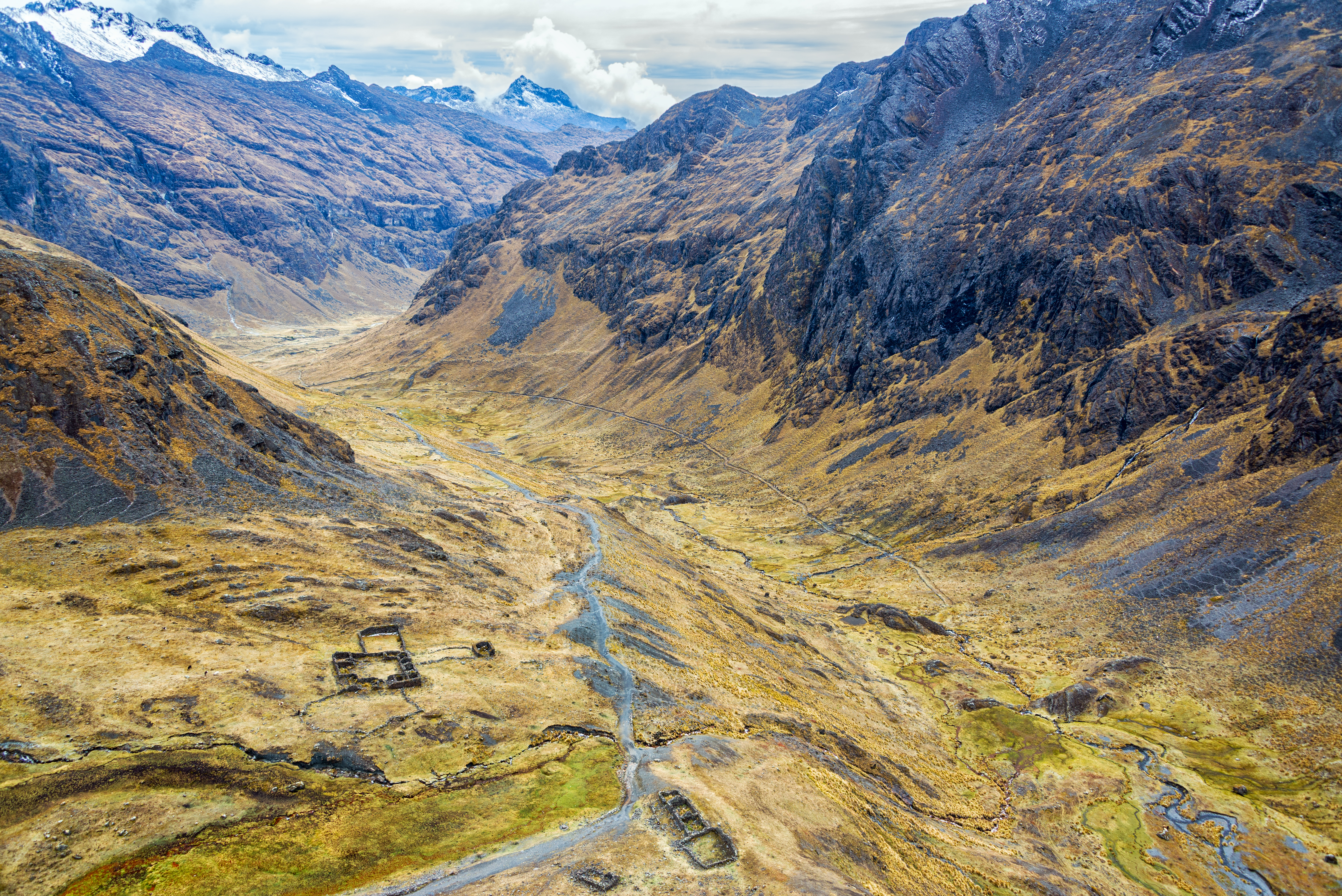
Descending from the lung-busting heights of La Paz down to the steamy lowlands of Coroico in just four days, the Choro Trek presents an astounding spectrum of landscapes and climates.
The mostly downhill route drops 3,500m in altitude from start (4,860m) to finish, and in parts follows an original Inca paved path, at others relying on rickety bridges to transcend the deep gorges that rupture the trail. At almost every turn there are breathtaking views out towards misty hillsides, tumbling streams or tiny, isolated villages.
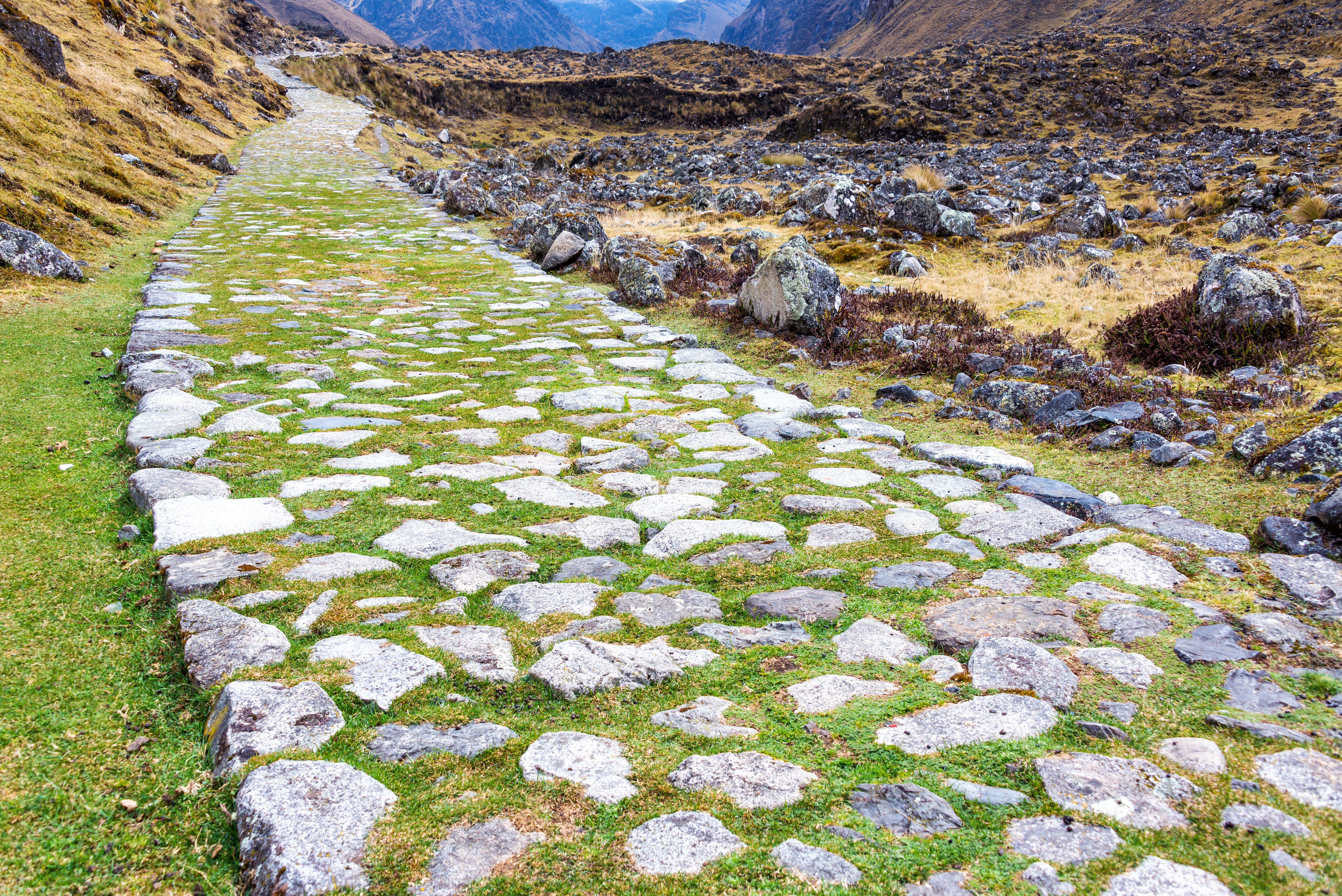
After a short climb at the beginning of the trek, the trail begins its relentless descent to the Yungas, a fertile subtropical region just below the foothills of the Andes. Passing sun-drenched farms and bottle-green mountains, the foliage becomes gradually more lustrous as you approach the end of the trail at Chairo. Conditions are basic and nights are spent under canvas, but this all adds to the sense of immersion in Bolivia's unspoiled natural landscapes.
Follow the Ruta del Che Guevara trail
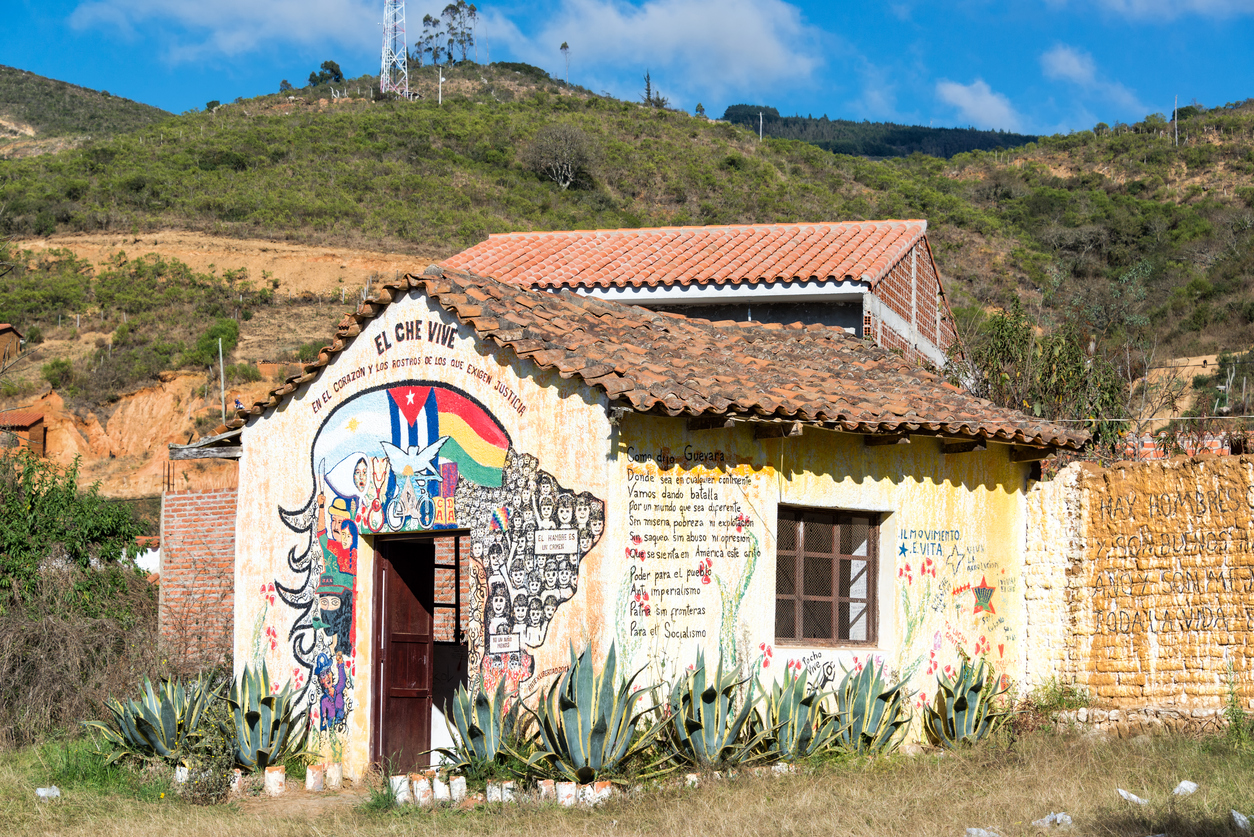
Lovers of Latin American history and aficionados of Che Guevara alike will be enthralled by this new route through the remote mountains of eastern Bolivia, following in the footsteps of the Argentinian rebel leader and his little band of fellow revolutionaries as they sought to persuade the Bolivian peasantry to rise up in revolt against their oppressors.
The endeavour was to be in vain: captured and killed by the Bolivian army with the aid of the CIA, the group met its sticky end in the otherwise non-descript rural hamlet la Higuera, nowadays still hours of driving along bumpy dirt roads from – well anywhere. Apart from marvelling at the rugged, unpopulated wilderness scenery of purple mountains, canyons and treeless moorland you will appreciate how he is remembered – and revered – here.
There’s a museums in Vallegrande, the colonial-style upland town where you can also visit the laundry where their bodies were laid out, and the memorial where their graves used to be (they were repatriated to Cuba in the 1990s). La Higuera itself is plastered with memorabilia, street art and statues commemorating Che. It’s a strange, rather touching experience, recalling a unique era in the country’s chaotic history.
Descend the POTOSI TIN MINES
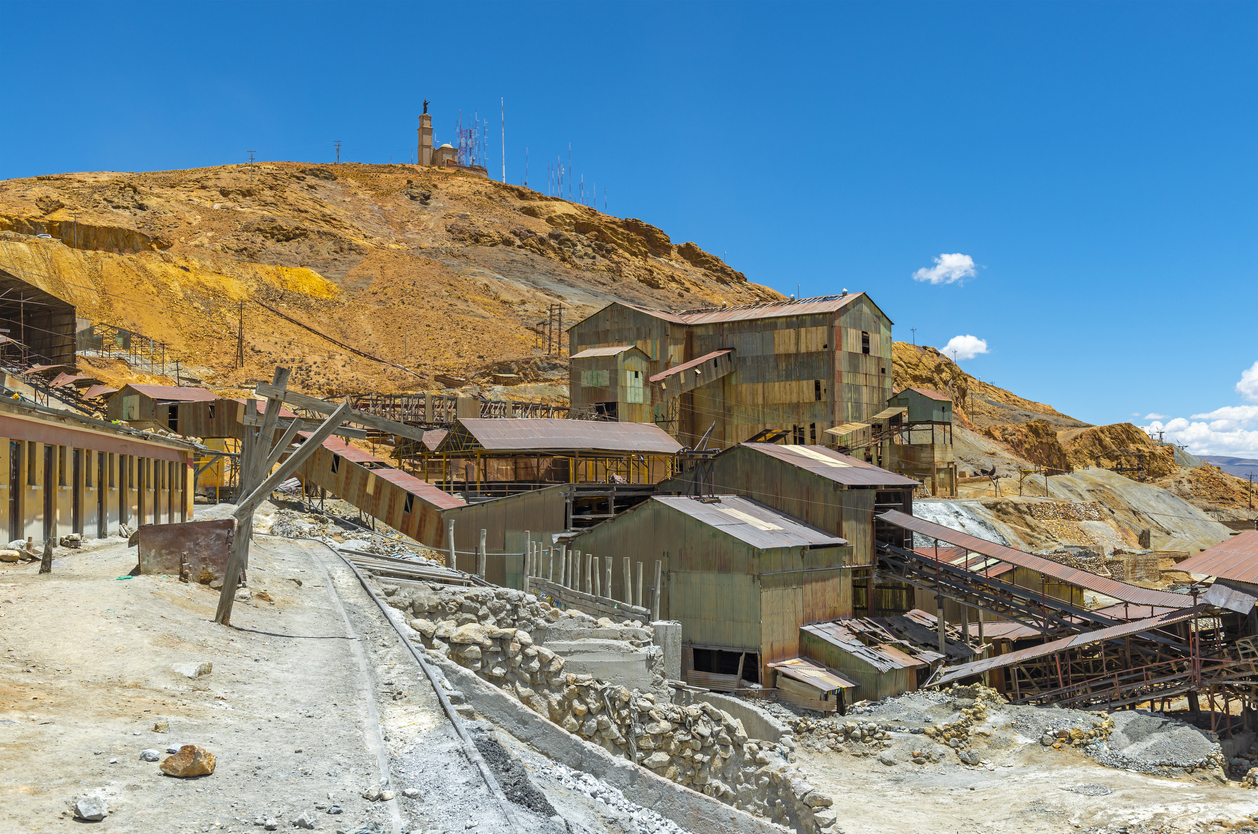
For a truly eye-opening experience, enter the warren-like innards of Cerro Rico ('Rich Mountain'), which gave up a fortune in silver to the Spanish but now holds only tin and zinc.
Visiting modern-day Potosí, it's hard to believe that this was once South America's richest city. But if life looks harsh in the surrounding blood-red hills, it's nothing compared to that of the miners who eke a living from the vastly depleted riches of Cerro Rico.
The miners have their own belief system centred around the devilish god of the mines, El Tío, to whom they offer cigarettes, coca leaves and super-strength alcohol – all commodities highly prized by the miners themselves to help them endure the hellish conditions. Within the mines you will see shrines to El Tío littered with these offerings.
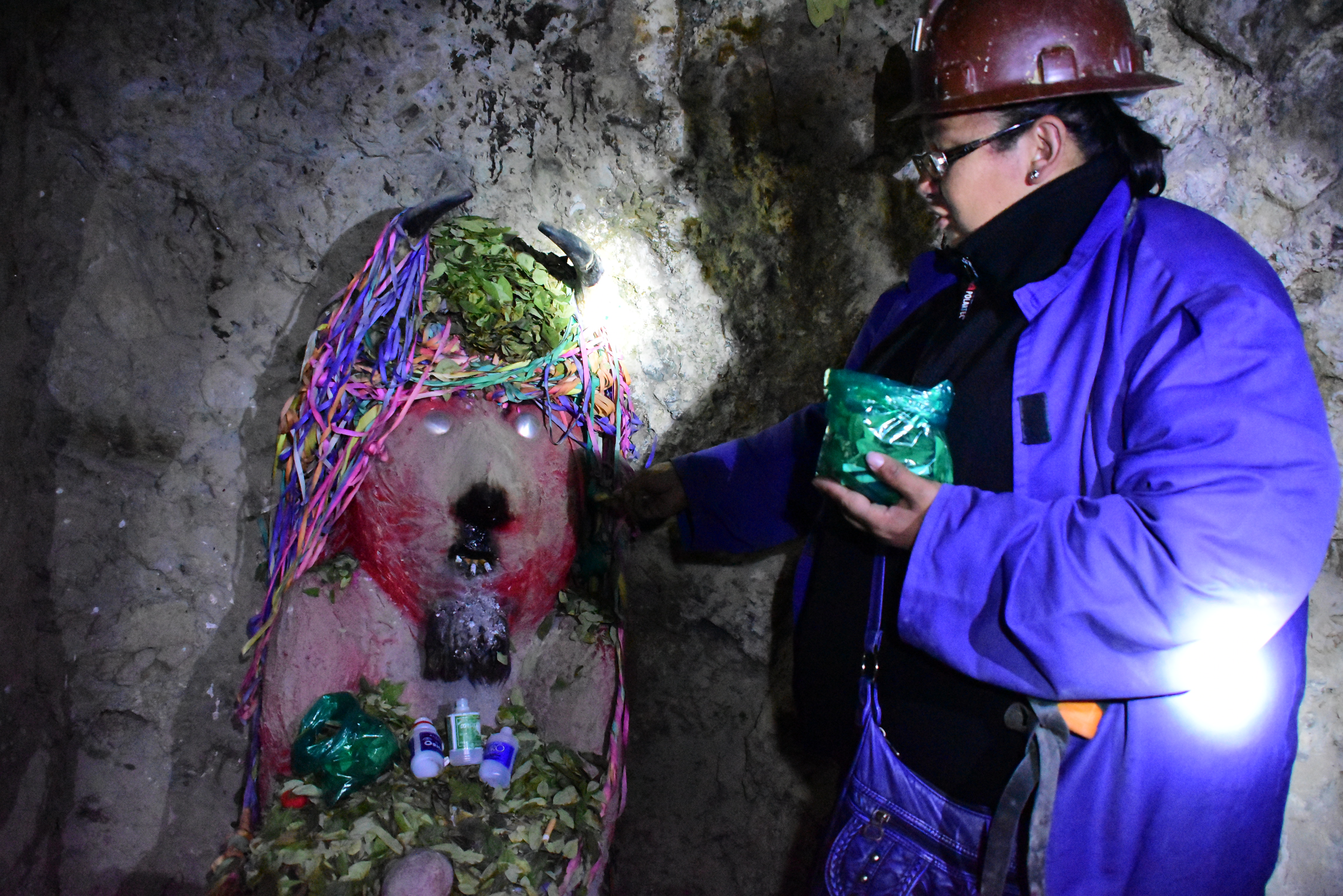
The tour begins with a visit to the market to buy gifts of dynamite and coca for the miners before descending into the darkness, clambering through tunnels and dodging speeding wagons, while your guide explains the history and social cost of these historic mines.
Wildlife watching iN THE BOLIVIAN AMAZON
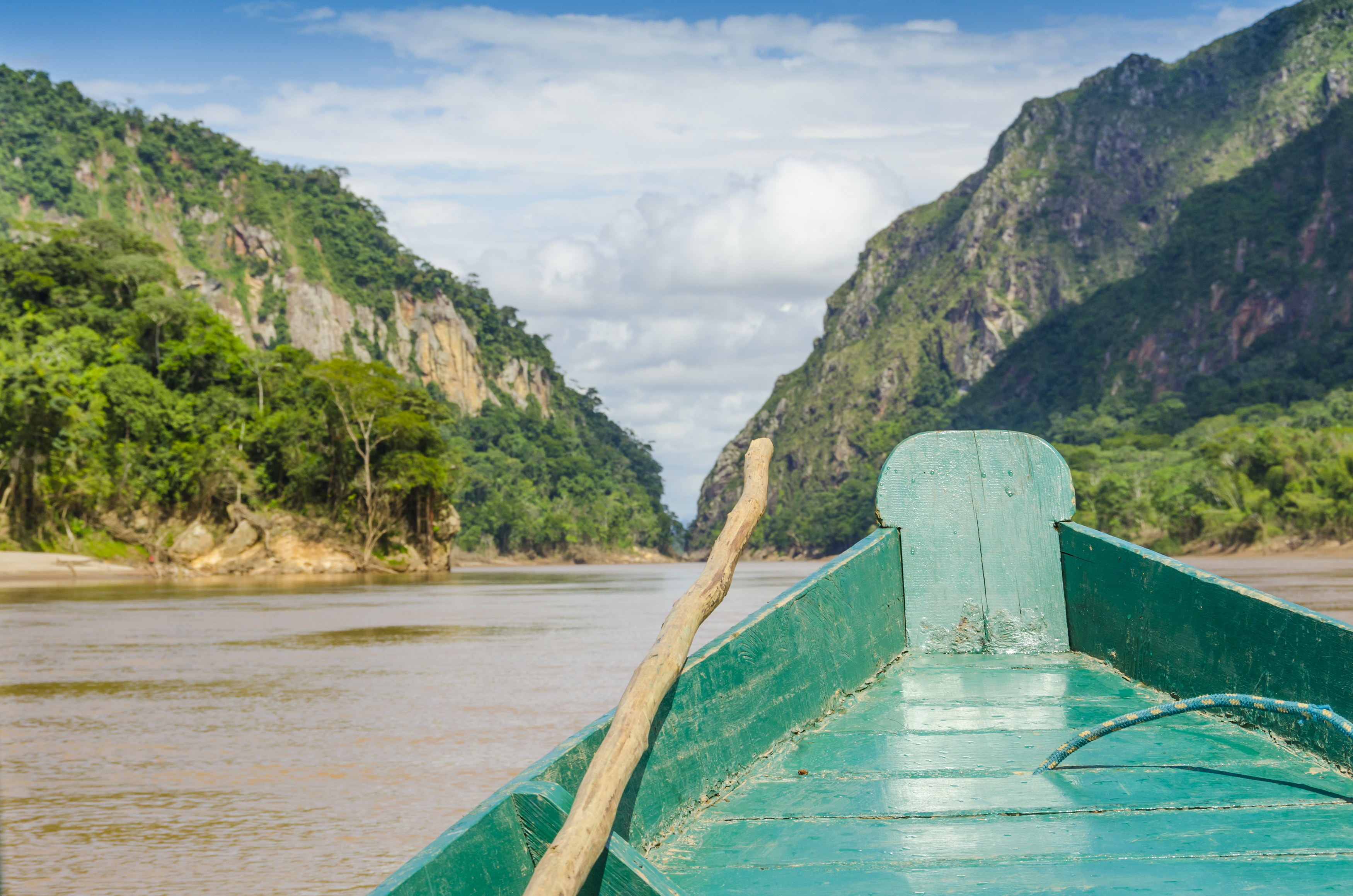
Harbouring almost 1,000 species of bird and nearly half of all the mammal species found anywhere in the Americas, the diverse habitats of Madidi National Park are a haven for Amazonian wildlife.
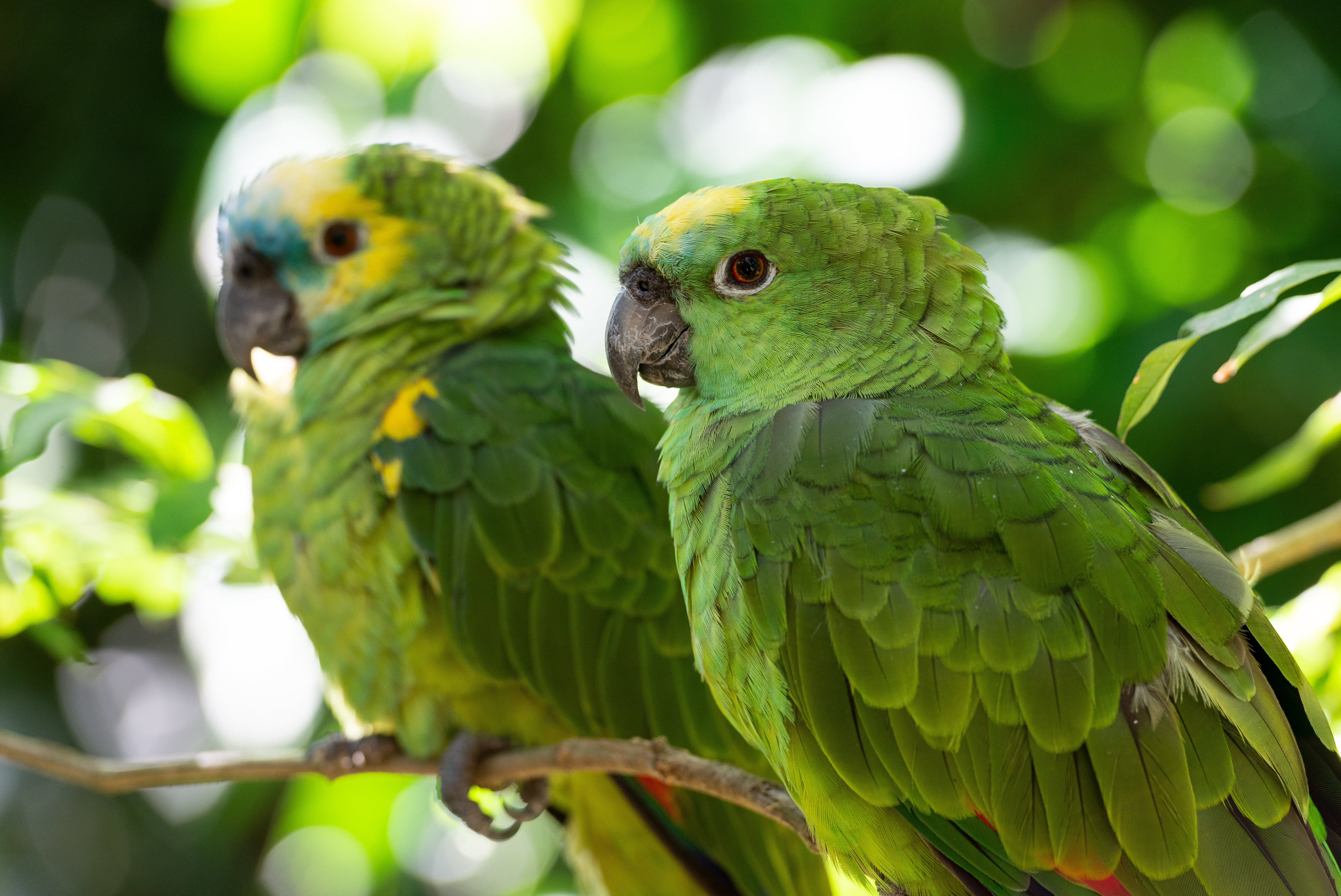
This well-protected reserve is home to jaguars, ocelots and tapirs, although easier to spot are the numerous capybaras, caimans, spider monkeys and colourful birds, including toucans and parrots. You will venture out both on foot and by boat with an expert guide who can point out exotic creatures hiding in the tree tops, and there are nocturnal hikes to experience the forest when most of its wild inhabitants are at their most active.
Visit the historic Jesuit missions
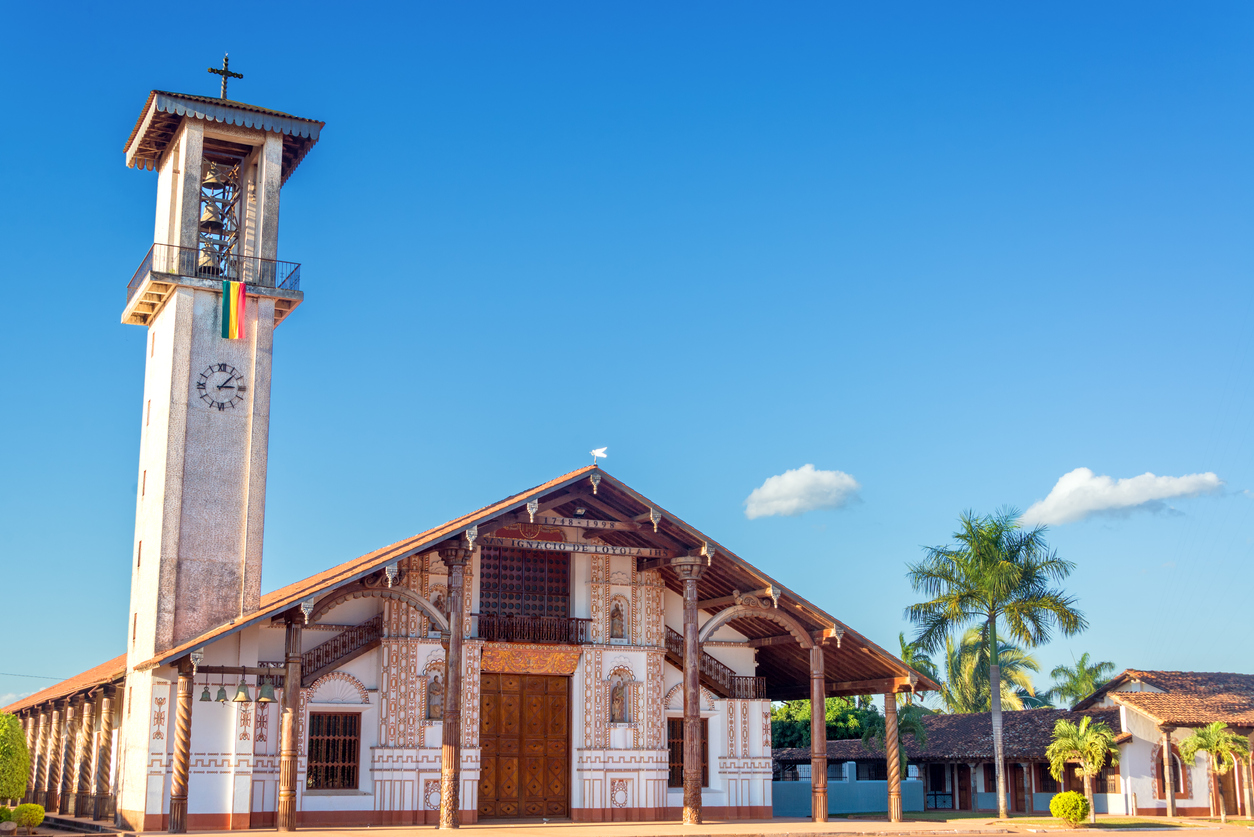
In the early days of the colonisation, the conquistadores failed to subjugate the fierce indigenous tribes thanks to the rugged terrain of Bolivia's interior. Jesuit missionaries were invited in. They managed to beguile the indians to congregate in settlements (reducciones) clustered around grandiose churches.
The Jesuits taught the local populations to write and play religious music, some manuscripts of which have only recently been uncovered. A festival of baroque music is held in Concepción biennially (even number years).
They were expelled and the churches fell into disrepair until the 20th century when many of them were meticulously restored by the local populations and are now protected by UNESCO World Heritage Site status.
Now you can visit the small, isolated rural towns and villages, where most homes are still constructed from adobe and thatch, and the population is predominantly indigenous. The pitched-roofed churches, the bell towers and the cross surrounded by four palms dominate the large grassy main squares, a public space much used by the community for relaxation and even for grazing animals.
Samaipata ruins and Amboro National Park
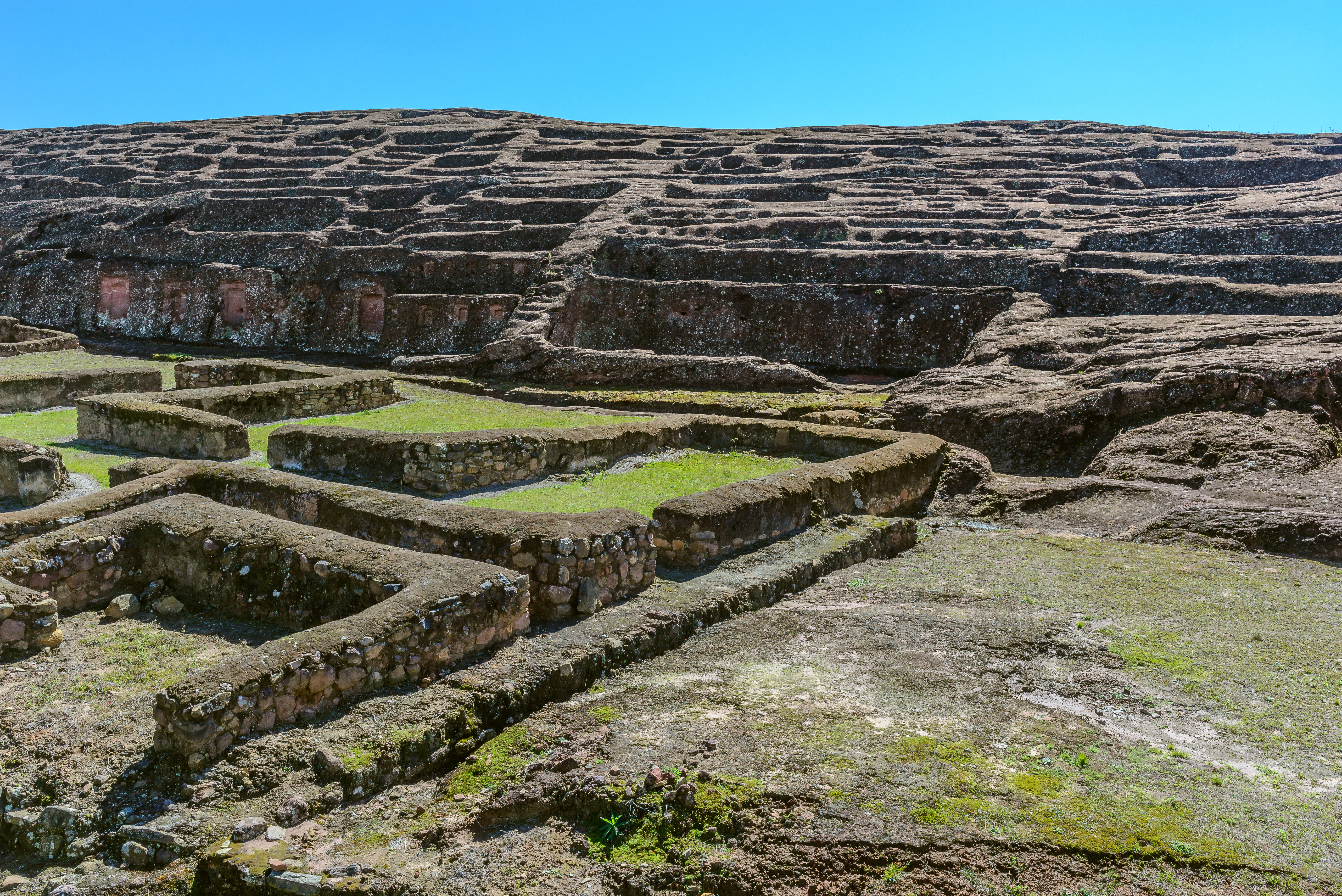
Just a couple of hours’ scenic drive up a forested valley into the cool mountains above sultry Santa Cruz, you’ll reach the pretty little colonial-style town of Samaipata, popular among Cruceños as a retreat from the heat of the big city as well as adventurous international visitors. It has a completely different vibe, with a covered market bulging with the kaleidoscopic colours of tropical fruit and vegetables, literary cafés, congenial bars and streets lines with red-tiled houses with wooden doors featuring street art.
Spend a couple of days here, during which you can choose from a selection of relaxed guided excursions into the delightful surrounding countryside. Visit El Fuerte, a hilltop archaeological site where pre-Inca peoples carved animals and birds in the sandstone, subsequently occupied by the Inca and Spanish Empires: vestiges of all eras remain.
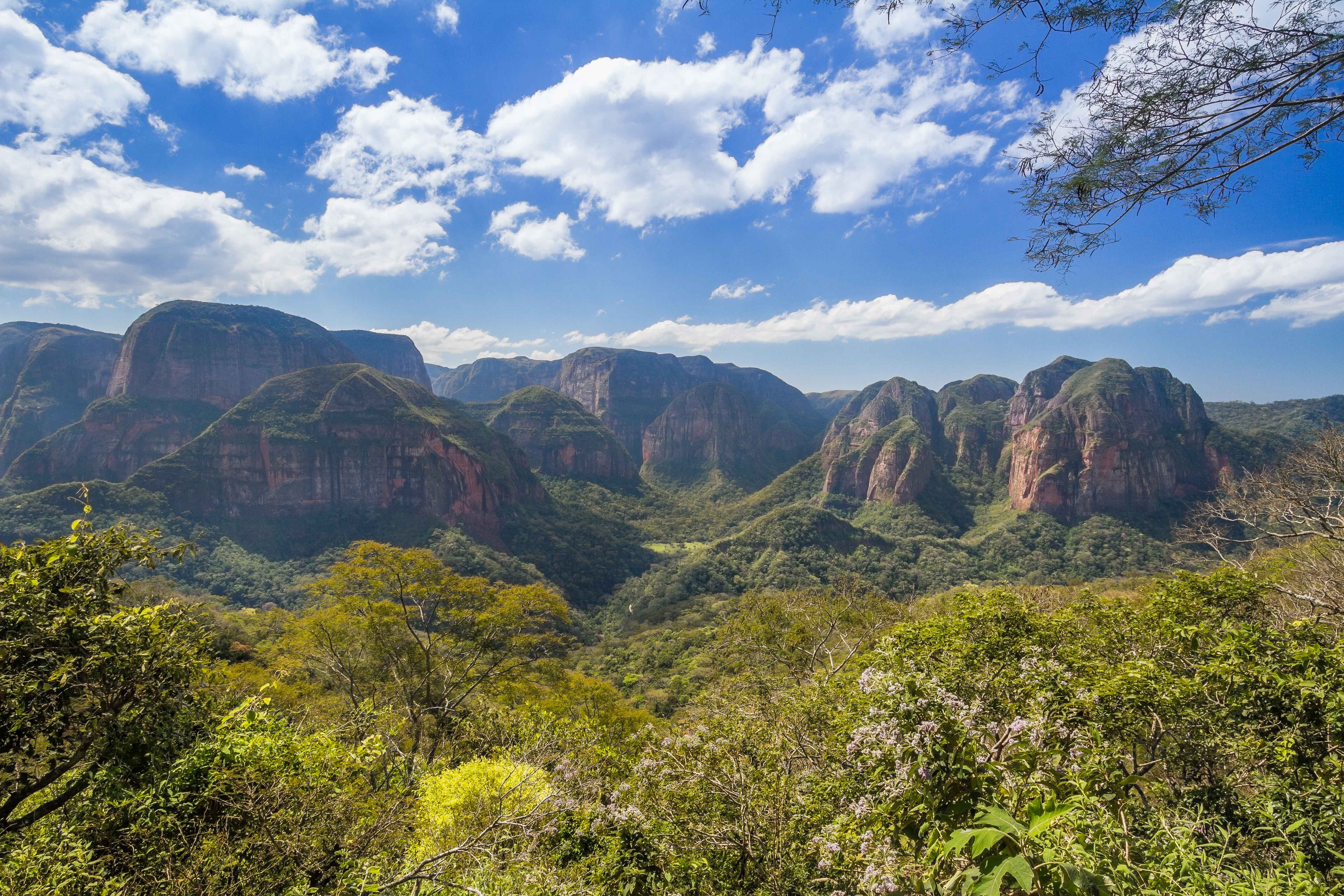
Don’t miss Amboró National Park, accessible by a bumpy dirt road. This park extends over a range of altitudes, from 300m to 3,300m, and embraces habitats for a huge variety of highland and lowland plants, over 700 species of birds and many mammals, including jaguar, puma and spectacled bear though you are unlikely to spot these on your short incursion into the cloud forest section park. You will see, however, giant fern trees some of which are hundreds of years old.
Browse Journey Latin America's range of holidays to Bolivia.
Tailor-made holidays
Flexible, custom-made holidays to Latin America created to match your exact requirements: our tailor-made itineraries are as unique as the clients for whom they are designed.
Design my tripPapagaio
Your edit for Latin American inspiration
Our exciting range of articles on Latin America explore everything from iconic destinations and lesser-known cultural gems to delicious traditional recipes. You’ll also find exclusive travel tips, first-hand client reviews and the chance to get your personal questions answered by our travel experts.
View Extraordinary Inspiration
